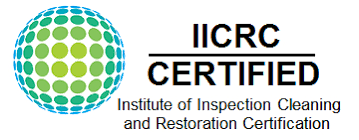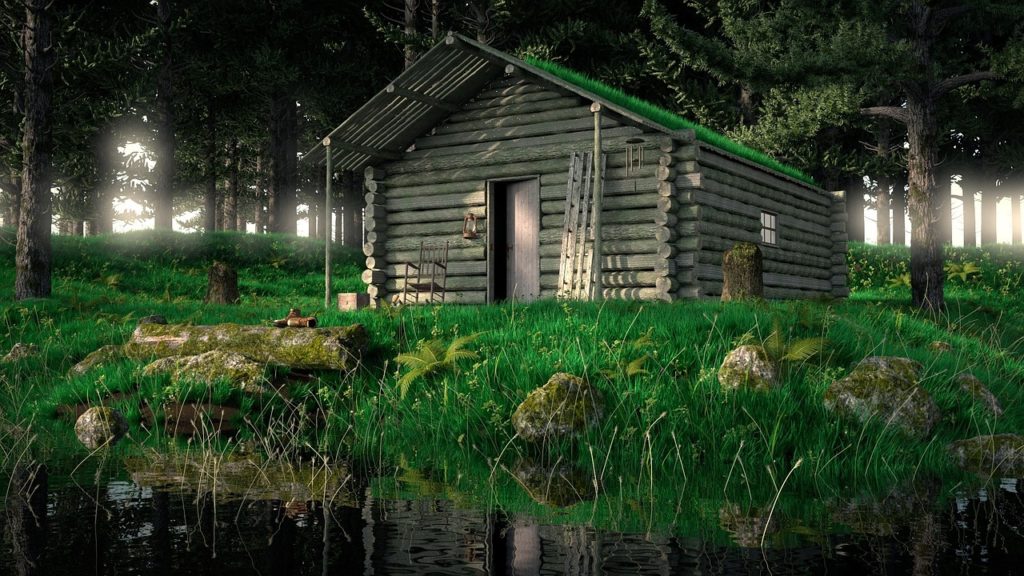Typically, subfloor damages are caused by overexposure to moisture. It might be a result of leaks in your plumbing or cracks in your home. While the thought of replacing the subfloor may not sound like the best idea of all time, knowing when to do it can help you prevent more serious problems.
In this blog, we will discuss more about subfloor problems to help you make an informed decision. You can count on us if you are looking for water repair services in Canada.
How to Spot Water Damages on Your Subfloor
If you have experienced a flood or leak in your house, it is vital to check the subfloor in the affected area. The wetter the subfloor is, the higher the chances of needing it replaced. However, if it is just a leak, you might not know it needs repair if you don’t inspect it. Here are some of the signs to look for while inspecting the subfloor:
Squeaks on the Floorboards
Typically, the floorboard will make noise if the connecting nails are pulled loose. This happens when you use the floorboard for a long time, walking on it; if the floorboards make noise throughout the house, that a major sign that the material has warped, and you should replace the subfloor.
Musty Smell in the House
Water damage brings about the smell of mould or mildew. Therefore, if your carpet smells like mould, it most probably means that the subfloor has been damaged by water.
The Floor Bounces When You Walk on It
Generally, there is nothing wrong with feeling a little spring feel while walking as long as it does not come from your floor. If the floor feels spongy, it often means the floorboards move when you walk on them. That’s a major sign that your subfloor needs replacement.
Toilet Rocking or Loose
If your toilet starts moving, it mainly means that the subfloor is severely decayed, and it cannot securely anchor the fasteners, which holds the floor. Typically, the longer you take to fix the problem, the worse it will become. It is, therefore, crucial to fix it as soon as possible.
Hardwood Floor Cupping
Generally, a hardwood floor starts cupping if the level of humidity in an area is too high. However, it might also mean that there is water warping in the subfloor. The problem can be fixed with the help of a professional hardwood drying service once the source of the moisture is addressed.
Ceiling Leaks
A ceiling leak does not necessarily mean that you have a problem with your subfloor. However, it can indicate that there is a slow leak in your home. Plywood absorbs water leaking through your ceiling, meaning that by the moment you notice the leaks, the wood will be totally soaked. Therefore, as you call your plumber, call a professional floorer to check your subfloor.
Linoleum Floor Bubbling Up
Bubbling linoleum floor is not necessarily a problem, but it can be an indication that there is water building up in the subfloor. Therefore, if there are some irregularities on your linoleum floor, you might need to look harder to make sure water has not damaged the subfloor.
Discoloration
If you notice changes in colour on your floor, it might be an indication of mildew or mould growth.
Typically, if a flooring expert identifies minor issues with your floor, he will suggest drying the affected area. However, if the damage is extreme, you might need to replace the entire subfloor.
Should I Repair or Replace the Subfloor after Water Damage?
The best answer to this question will depend on several factors. These factors include:
- The extent of the damage: If the water damage is minor and the floor is dried within 24 hours, repair might be the best bet. However, if the damage is severe and the water stayed on the floor for up to 48 hours, you should assume there is mould growth. The best way to fix mould growth is by replacing the subfloor. Mould compromises repairs.
- Type of water: Rainwater is often safe to clean, and so is gray water if you use proper cleaning equipment. However, water from sewages and rivers (black water) often require professional replacement because it is hazardous.
- Available time: If you are using DIY techniques to clean and repair the subfloor, you should consider the time you have. If you have enough time and you can do it well, maybe you can do it yourself and save a few bucks. But remember, professional help is always the best bet.
- Urgency: If the damaged floor is a high traffic area where children can get injured, you should replace it as soon as possible. A professional agency can help you do it faster.
Wrapping Up
If your floor dried up quickly and the damage was less, you can consider repairing it. However, if the damage is severe and widespread, you should replace the subfloor. Whatever your choice is, the water repair cost in Canada is favourable, so you won’t need to break the bank to get it done.



